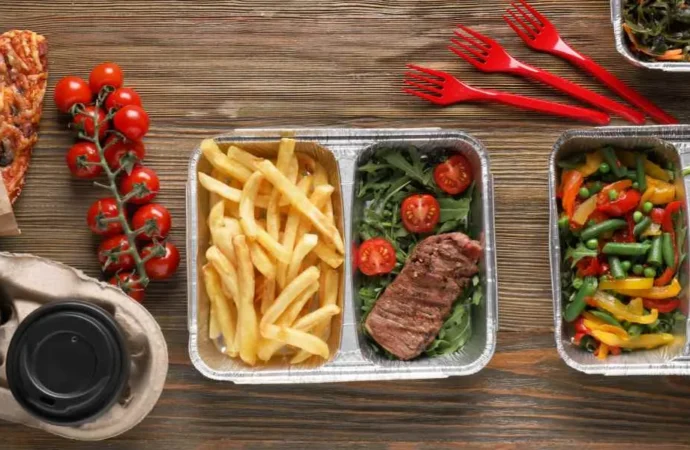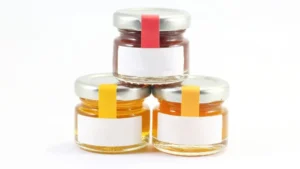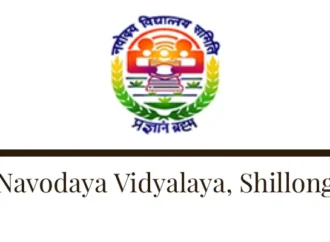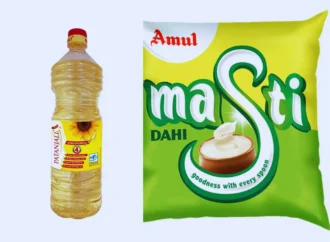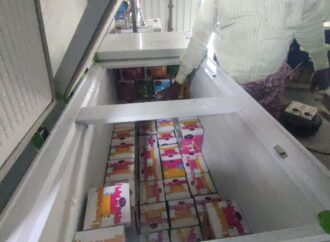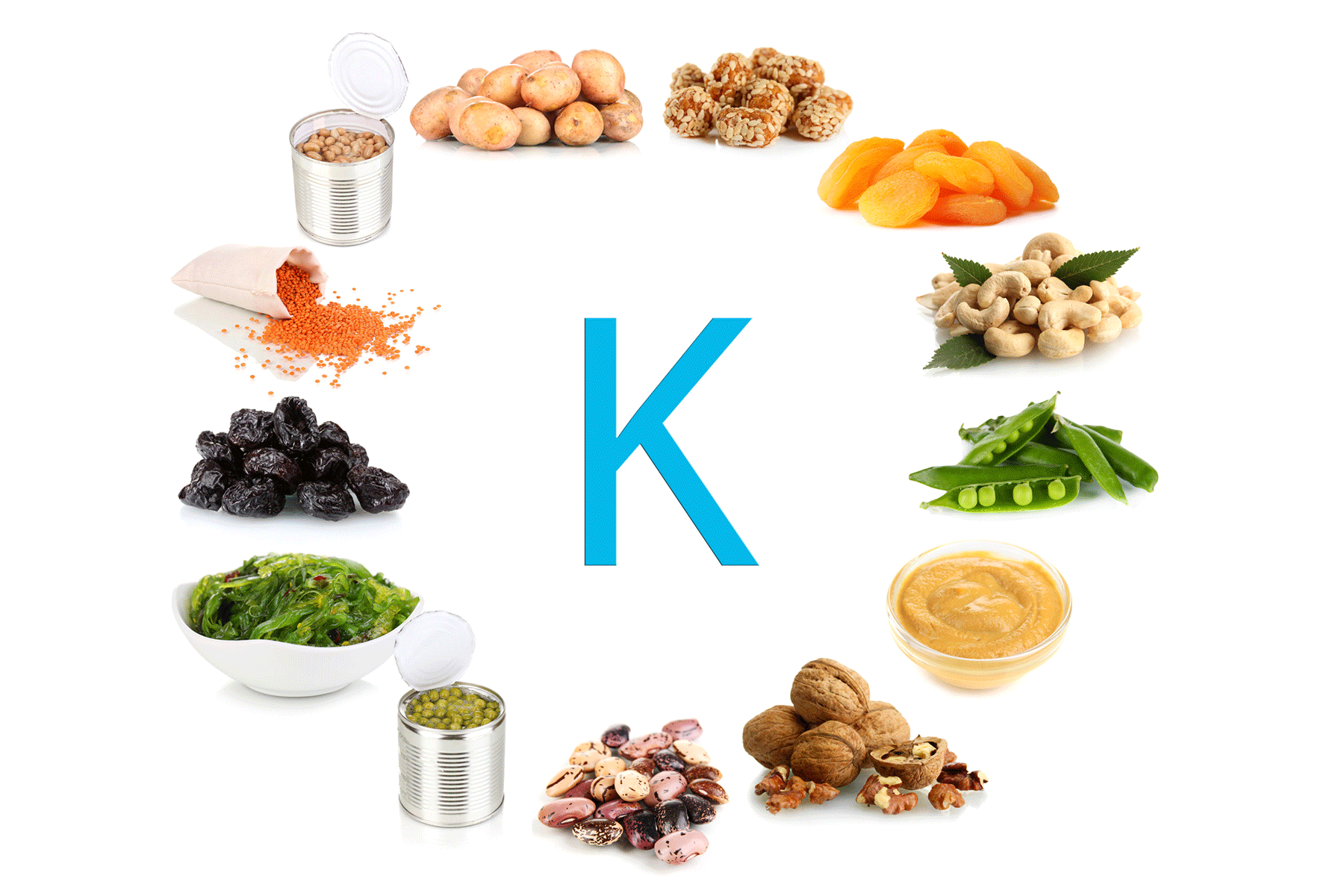In today’s health-conscious world, food-grade packaging is more than just a protective layer; it’s a commitment to safety and sustainability. Essential in the food industry, this packaging is crafted from materials that meet rigorous standards, ensuring they won’t compromise the taste, smell, or nutritional quality of the food. From safeguarding against contamination to preserving freshness, food-grade packaging serves as a vital shield against various threats, making it indispensable for food items—from delicious fritters to everyday groceries. Discover how these innovative materials enhance food safety.
What is Food-Grade Packaging?
Food-grade packaging refers to materials that are safe for direct contact with food. These materials must meet stringent regulatory standards, guaranteeing they are non-toxic and hygienically processed to prevent any risk to consumer health. Made and stored under specific protocols, food-grade materials prevent contamination and leaching of chemicals into food. Yet not all packaging automatically qualifies as food-grade, making it essential for businesses and consumers to verify the packaging they use.
Food-Grade vs. Food-Safe: The Difference
Though often used interchangeably, “food-grade” and “food-safe” mean slightly different things:
- Food grade describes materials deemed broadly safe for food use, ensuring they lack harmful contaminants.
- Food-Safe refers to a finished product specifically dfood-safeesigned for a particular food-related function. For example, a coffee cup is food-safe because it can hold hot liquids without deforming, but general food-grade plastic might not withstand high temperatures safely. Thus, food-grade means safe for food in general, while food-safe indicates suitability for specific food-related uses.
How to Identify Food-Grade Packaging
To identify food-grade packaging, look for specific symbols or certifications:
- Resin Identification Code: Food-grade plastics often display a resin identification code (numbers 1, 2, 4, and 5 are common for food packaging), indicating plastics like PET, HDPE, LDPE, and PP, which are safe for food contact.
- Food-Safe Logo: This internationally recognized symbol signals that materials meet safety standards for direct food contact.

- Food-Grade Rating: Certain containers list a food-grade rating, often with numbers 2, 4, and 5 being the safest options for food storage.
Why Food-Grade Packaging Matters
Using food-grade packaging provides many benefits beyond regulatory compliance:
- Food Safety: Food-grade packaging creates a secure barrier that prevents contamination and keeps food fresh. By blocking out factors like light, moisture, and fluctuating temperatures, food-grade materials extend food’s safe shelf life and prevent spoilage.
- Preservation of Quality: Packaging that meets food-grade standards not only keeps food safe but also preserves its appearance, flavour, and nutrients. With food-grade materials, businesses ensure that consumers experience their products at peak quality.
- Compliance with Regulations: For businesses, food-grade packaging is essential to meeting legal standards set by agencies like the Food Standards Agency (FSA). Compliance protects both the business and the consumer by ensuring all products are fit for consumption.
- Environmental Sustainability: Many food-grade materials, such as Kraft paper and bioplastics, are eco-friendly and help reduce food waste by extending freshness. By using compostable or recyclable packaging, businesses can also minimize their environmental footprint.
- Brand Reputation: Safe, high-quality packaging can enhance a brand’s image, demonstrating a commitment to safety and sustainability that can attract consumer loyalty. Offering packaging that reflects high standards in food safety reinforces customer trust.
Types of Food-Grade Packaging Materials
Food-grade packaging materials vary widely, each with specific advantages suited for different applications. Here are some of the most common types:
- Cardboard: Cardboard is widely used for its strength, lightness, and recyclability, especially in items like pizza boxes. Kraft board, made from natural pulp, is ideal for various food products such as trays and takeout boxes and can be lined to improve resistance to moisture and grease.

- Kraft Paper: Popular in the food service industry, Kraft paper is biodegradable and recyclable, making it ideal for eco-friendly takeaway packaging. Often printed with vegetable-based inks, Kraft paper can support sustainable branding initiatives.
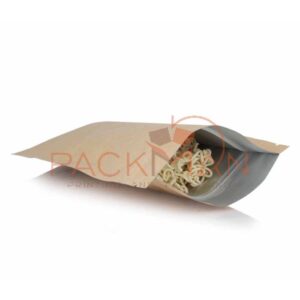
- Bagasse: As a byproduct of sugarcane, bagasse offers a biodegradable, renewable option for food containers, clamshells, and plates. Its durability makes it suitable for hot and cold food items, and it’s a natural replacement for single-use plastics.
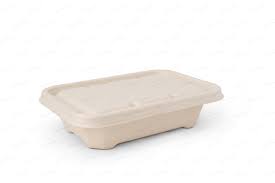
- Plastic: Some types of plastic, like PET and HDPE, are approved as food-grade due to their durability, lightweight nature, and microwave-safe properties. However, sustainability concerns are pushing the industry toward bioplastics and recyclable plastics.

- Metals: Aluminium and stainless steel, popular in takeout trays, retain heat effectively but can be costly and are not always food-grade. Careful sourcing of metal-based packaging is essential to ensure it meets food-grade standards.

- Glass: Glass is food-safe and non-reactive, perfect for drinks and food storage. Its durability and ease of cleaning make it ideal for beverages, though it’s less suitable for on-the-go use due to its fragility. Bioplastics offer a food-safe, portable alternative to glass.
Key Takeaways
As consumer awareness grows, the demand for safe and sustainable food packaging rises. Businesses are increasingly adopting innovative materials like compostable films and bioplastics that meet food-grade standards. This not only helps consumers make informed choices about health and safety but also enhances brand loyalty and ensures compliance with health regulations.
In a landscape prioritizing food safety and environmental sustainability, food-grade packaging preserves food quality while safeguarding public health. By investing in high-quality, food-safe packaging, companies demonstrate their commitment to consumer well-being, fostering trust and distinguishing themselves in a competitive market.
 Food Manifest
Food Manifest 